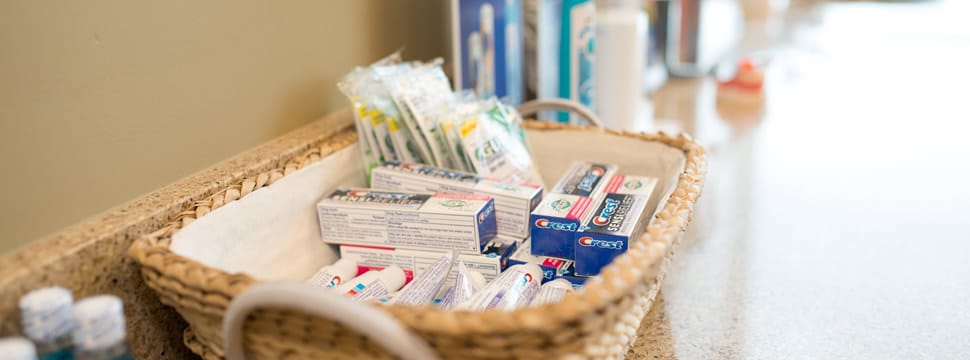Boise Dentist Blog
The professional blog of Doctors Dan Bruce, Steve Bruce, Rosa Pothier and Rob Ririe
Sleep Apnea Success Story
 This blog post is meant to provide an example of how a typical patient with sleep apnea who wants an oral appliance goes through the process. I will call this patient "Jane." Typically our sleep apnea patients are referred to see us by their sleep physician, general physician, a friend, through their medical insurance or via online research. Jane found us online and had been using a CPAP for years. She had moderate sleep apnea and although the CPAP was tolerable at first, she was having problems with mask leaks and getting comfortable. After attempting to get a mask that fit, she decided to try an oral appliance. She found our office online and scheduled a complimentary consultation.
This blog post is meant to provide an example of how a typical patient with sleep apnea who wants an oral appliance goes through the process. I will call this patient "Jane." Typically our sleep apnea patients are referred to see us by their sleep physician, general physician, a friend, through their medical insurance or via online research. Jane found us online and had been using a CPAP for years. She had moderate sleep apnea and although the CPAP was tolerable at first, she was having problems with mask leaks and getting comfortable. After attempting to get a mask that fit, she decided to try an oral appliance. She found our office online and scheduled a complimentary consultation. At her consult, we reviewed her health history and went through some simple tests to see if she was a candidate for oral appliance therapy. She was a good candidate, so we requested a referral from her physician to fabricate the appliance. After receiving and verifying medical insurance coverage, we completed the rest of the diagnostic tests and selected a Somnomed appliance. This appliance was selected because the patient had mild claustrophobia and did not want to have her jaws stuck together.
We just finished her take home sleep study to test the success of her appliance. Although the take home sleep test is a screening test, it gives us an idea of how well the appliance is working before we send her back to her physician. She went from moderate sleep apnea to normal. Also, there was marked improvement in her energy and restfulness. We have now sent her back to her physician for either a lab sleep study or to follow up with her.
Of course, oral appliances are not totally effective for every person. There are certain characteristics we look for that show us if an appliance may be successful. According to one study, oral appliance therapy is successful for 77% of patients with mild to moderate sleep apnea and about 50% for patients with severe sleep apnea. It is important that the dentist and physician work as a team to decide the best course of treatment to ensure this very serious disease is treated as best as possible.
